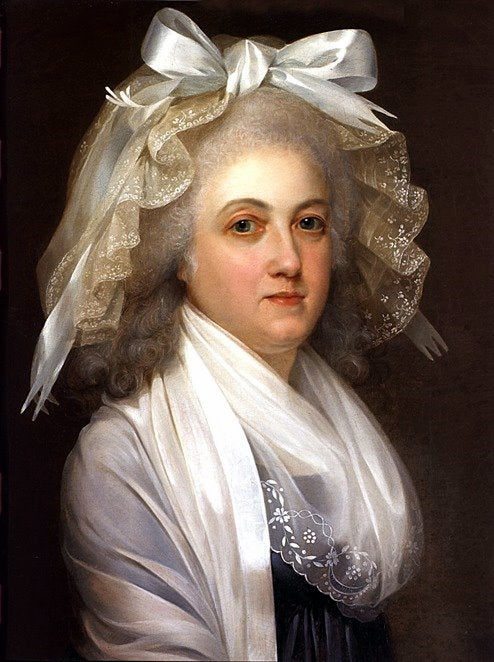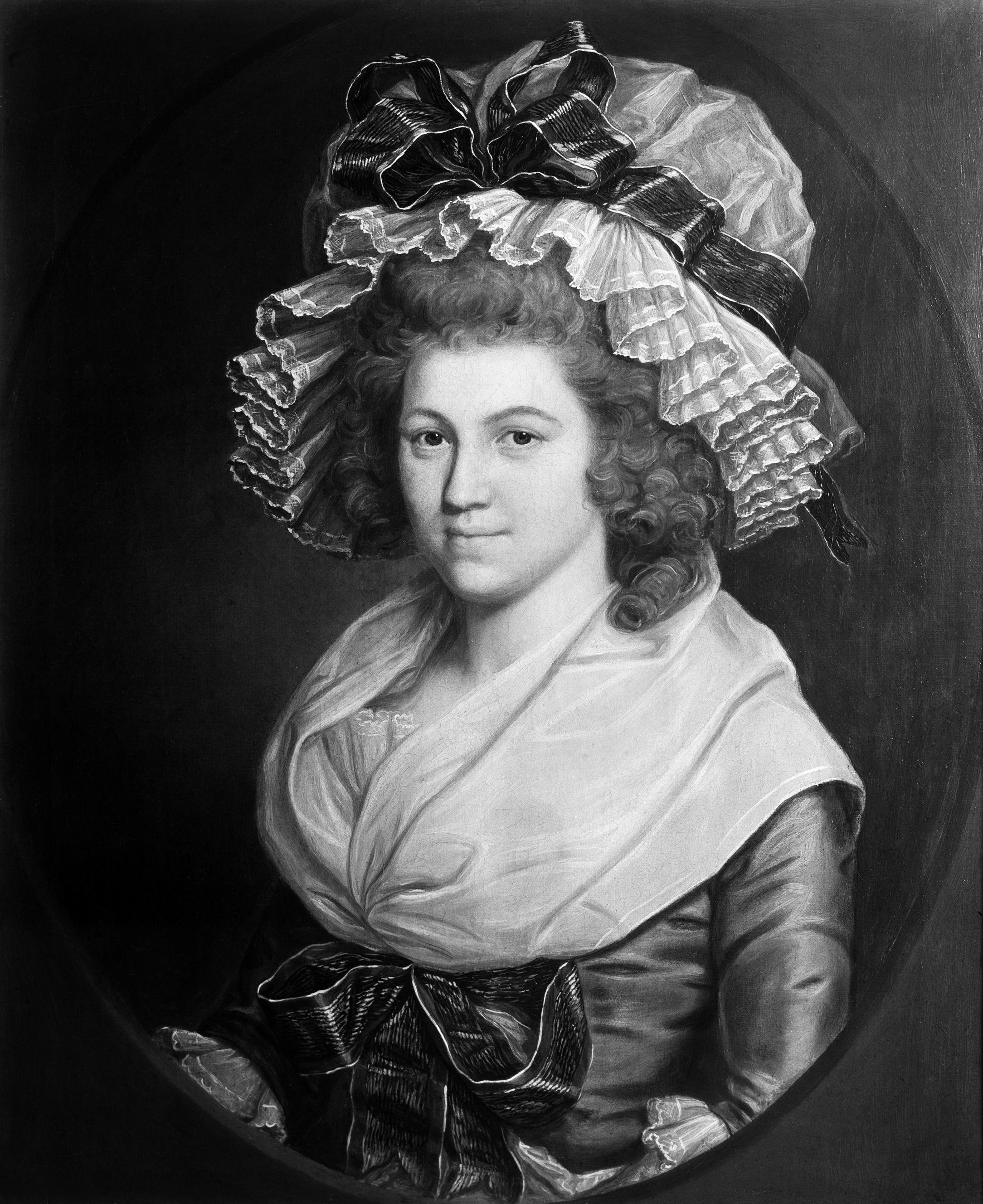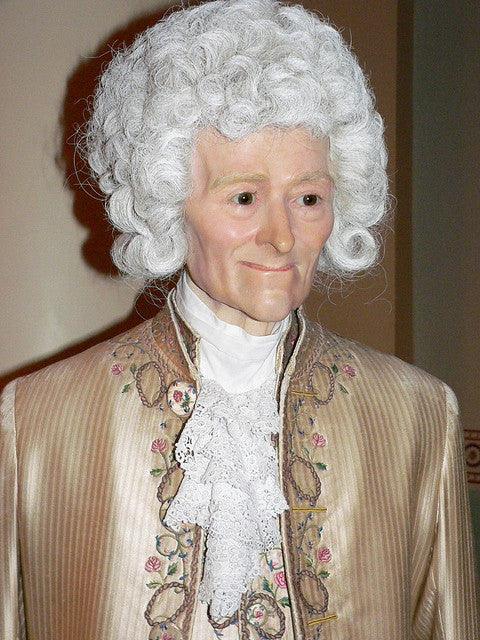Mad about Mob Caps
Caps of all shapes and sizes had long been in use by men and women as fashion accessories and protection from the elements. There was an added benefit to the Regency miss, which Jane Austen wrote about to her sister,
 By the Victorian period, mob caps lingered as the head covering of servants and nurses, and small mob caps, not covering the hair, remained part of these uniforms into the early 20th century.
By the Victorian period, mob caps lingered as the head covering of servants and nurses, and small mob caps, not covering the hair, remained part of these uniforms into the early 20th century.

"I have made myself two or three caps to wear of evenings since I came home, and they save me a world of torment as to hairdressing which at present gives me no trouble beyond washing and brushing, for my long hair is always plaited up out of sight, and my short hair curls well enough to want no papering."The mob cap or mob-cap is a round, gathered or pleated cloth (usually linen) bonnet consisting of a caul to cover the hair, a frilled or ruffled brim, and (often) a ribbon band, worn by married women in the Georgian period, when it was called a "bonnet". Originally an informal style, the bonnet became a high-fashion item as part of the adoption of simple "country" clothing in the later 18th century. It was an indoor fashion, and was worn under a hat for outdoor wear. During the French Revolution, the name "Mob Cap" caught on because the poorer women who were involved in the riots wore them, but they had been in style for middle class and even aristocracy since the century began.
 By the Victorian period, mob caps lingered as the head covering of servants and nurses, and small mob caps, not covering the hair, remained part of these uniforms into the early 20th century.
By the Victorian period, mob caps lingered as the head covering of servants and nurses, and small mob caps, not covering the hair, remained part of these uniforms into the early 20th century.

Historical information and photos from Wikipedia.com


